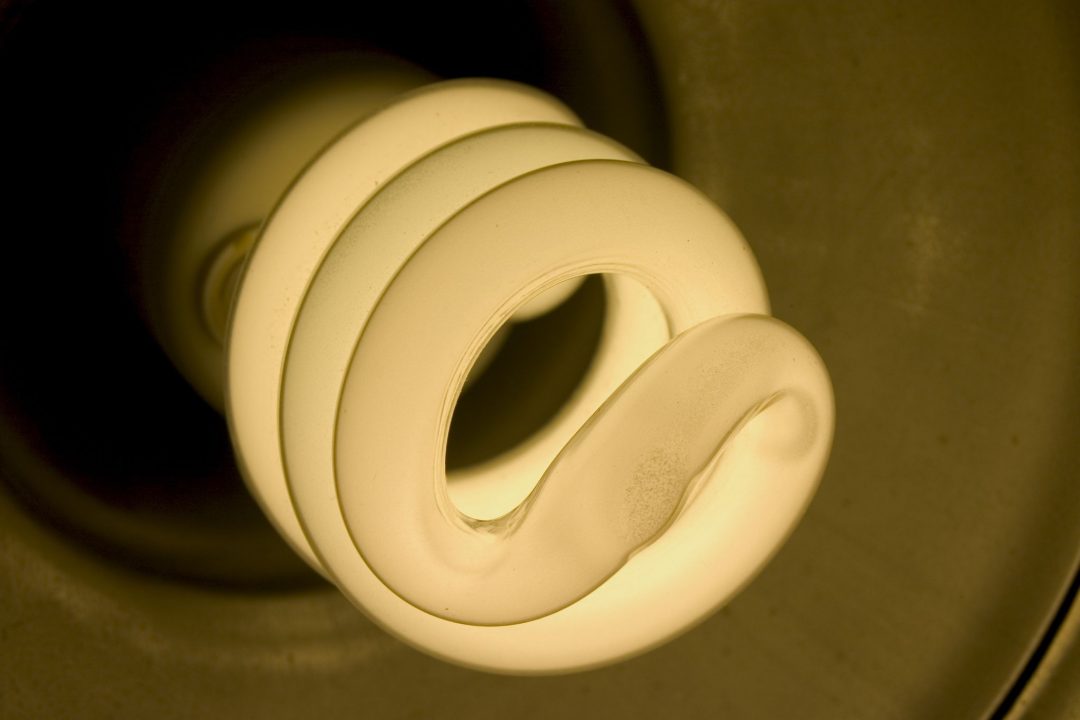
The Senate Inquiry into the performance and management of electricity network companies report released today highlights the risk of ‘stranded assets’ in NSW and Queensland electricity networks. It recommends that the Council of Australian Governments (COAG) Energy Council commission an independent expert review of options for excluding future imprudent capital expenditure and surplus network assets from a network service provider’s regulatory asset base (RAB) and that state governments seeking to privatise their electricity network assets examine whether those assets are overvalued and if the regulatory asset base should be written down prior to privatisation.
‘Electricity demand in Australia has reduced significantly since 2008, but network companies in NSW have instead built for additional demand. Demand is still falling which means there are now stranded assets and so the regulated value of the electricity networks needs to be examined,’ said Edward Santow, CEO of the Public Interest Advocacy Centre (PIAC). ‘The Regulator needs the power to be able to write-down network asset values, where required, and network businesses need to transform their business models to focus on consumer needs, instead of over-building for greater and greater supply.’
Recent research by Carbon + Energy Markets (CME) found that a more realistic valuation of NSW electricity networks’ assets prior to privatisation could cut bills for households by up to $325 per year. The report, Privatisation and the regulatory valuation of electricity distribution network service providers in New South Wales: Evidence and issues, found that if the Regulated Asset Base (RAB) of the NSW electricity distribution network companies had been maintained or upgraded to the same standard as Victoria over the last 13 years, the NSW network would be worth $9 billion less than its June 2013 value of $22 billion, resulting in hundreds of dollars of annual savings on consumer electricity bills.
‘The valuation of electricity networks’ RAB is tied to network charges on electricity bills – so the lower the valuation, the lower the bill,’ said Bruce Mountain from CME, author of the report.
‘With the partial lease of NSW’s electricity network assets underway, it is important to examine the consequences for consumers of how the networks might be valued in the sale process,’ said PIAC Senior Policy Officer, Dr Gabrielle Kuiper.
‘NSW households are currently paying about twice as much per kWh for network services as Victorian households and the lease process is an ideal time to explore options for reducing these cost pressures for NSW households and businesses,’ Dr Kuiper said. ‘It would be best for the NSW Government, as the current owner, to explore these issues, but more broadly, consumers need the Australian Energy Regulator to have greater powers, including to write down excessive values, in order to replicate what would happen in a commercial environment.’
MEDIA CONTACT: PIAC Senior Policy Officer, Dr Gabrielle Kuiper 0410 324 942 For more information or a copy of the report, visit www.piac.asn.au.
Photo: Flickr/Jane Belluci